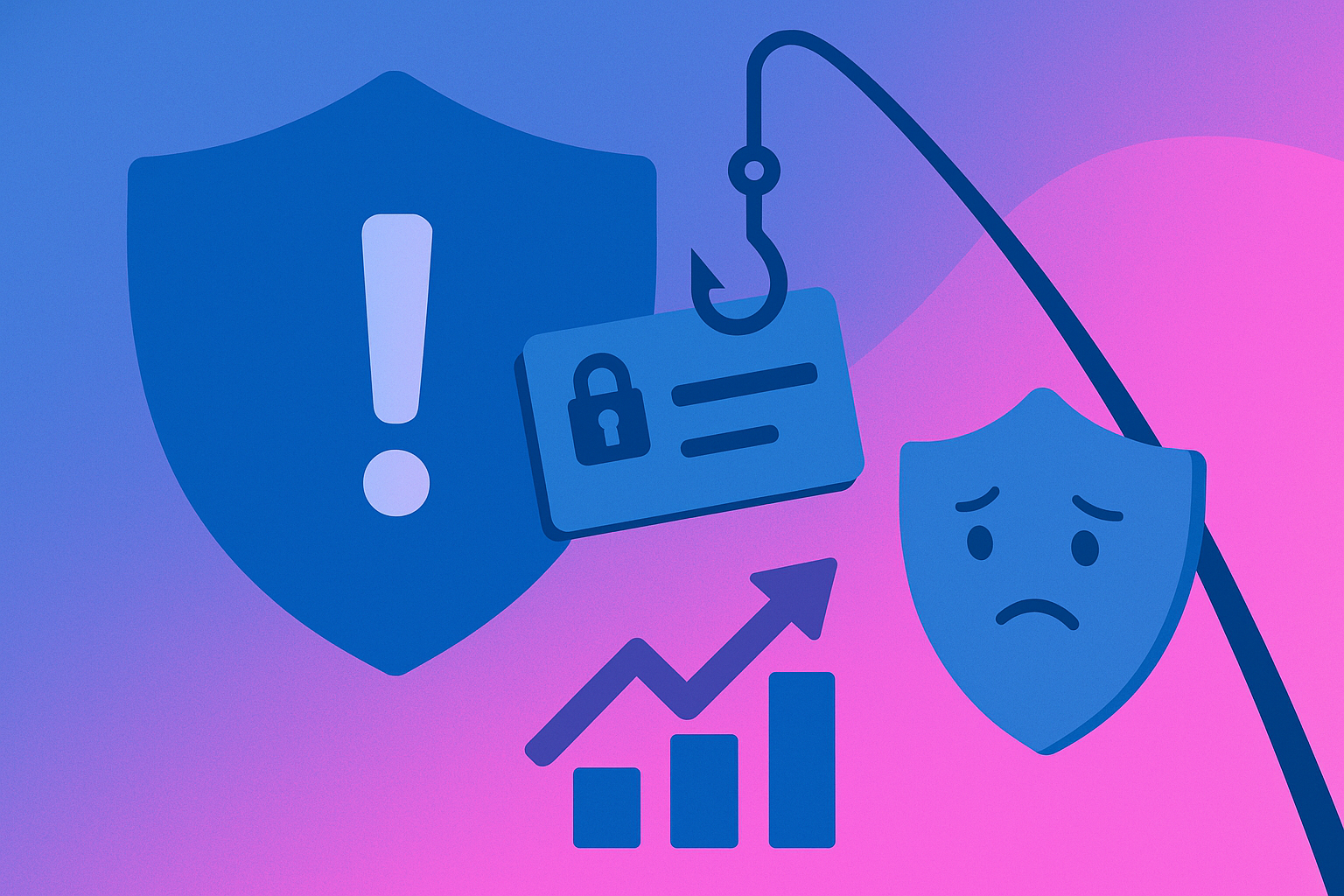Remember the early days of 2014 when hardware wallets felt almost alien, and the biggest question was, “Why would I pay for a USB stick that only stores Bitcoin?”? Back then, a Trezor Model One cost about 1 BTC (roughly $600). Fast-forward to today—Bitcoin is hovering near $42k, Trezor offers half a dozen products, and we still have one constant: attackers love our seed phrases.
Here’s What Actually Happened
Late Sunday night—Feb 25th, for those marking calendars—Trezor’s official X (Twitter) account fired off an alert that made most of us jolt upright: their support@trezor.io mailing service had been exploited through an HTML-injection trick. Basically, scammers slid malicious code into otherwise legitimate-looking emails. The subject lines varied, but a popular one was, “Immediate Action Required: Wallet Security Upgrade.”
The email directed users to a near-perfect clone of Trezor Suite. Once there, the fake site prompted folks to “re-enter your recovery seed so we can migrate you to the new secure firmware.”
Trezor’s investigation team believes the attackers may have tapped into the 2022 Mailchimp data breach (back when 106 crypto mailing lists were compromised). If you ever signed up for Trezor newsletters, your address could be on an old spreadsheet floating around the darker corners of Telegram.
Community Reactions (Spoiler: We’re Split)
@stackingsats77: “I’ve never typed a seed into anything with an @ symbol in the URL. But dang—this one looked legit.”
Some of us are shrugging it off, citing the golden rule—your seed stays on the metal plate, period. Others worry that newer holders (think 2021 bull-run buyers) might not have internalized that mantra.
I hopped into the r/Trezor subreddit, and the vibe was half PSA, half mild panic. One user even reminisced about the April 2022 supply-chain scare, saying, “This feels like déjà vu, but with more polished HTML.”
Now Here’s the Interesting Part
According to Trezor’s forensic snippet (they posted hashes on GitHub—nice transparency), the injected HTML exploits a “mailto:” redirect gap. It basically bypasses their template sanitizer. That’s not a rookie move; it’s the sort of trick you see in bug bounty reports from white-hat pros. The community is already speculating that this ≈could≈ be an inside job—although, let’s be real, odds favor a creatively persistent spam-as-a-service shop.
Data point: Trezor says fewer than 65 emails got through before the sending was halted. Even if every single wallet were drained, at current prices that’s a rounding error next to the $100M+ drained from Atomic Wallet last summer. Still, for the individual victim, losing 0.3 BTC hurts more than any macro stat.
Why This Matters for Your Portfolio (Yes, Even If You Use Ledger)
First, hardware ≠ invincible. Attacks are shifting from cold devices to the humans behind them. Phishing bypasses firmware entirely. Whether you’re rocking a Ledger, BitBox02, or good old paper, the attacker will find the weakest link (spoiler: it’s usually us).
Second, we’ve noticed a pattern: every time Bitcoin crosses a psychological threshold (40k now, 50k next?), phishing emails spike. It happened during the $20k run in 2017 and again during the $69k top in 2021. More price hype = more new users = juicier fishing pond.
Third, regulators are circling. I bumped into a friend at ETHDenver who works for the CFTC. He said, “If hardware firms don’t get ahead of phishing, we’re going to start seeing ‘recommended practices’ turn into hard rules.” Think know-your-customer for email blasts—nobody wants that.
What We’re Doing (and You Might Want to Copy)
Here’s the mini-checklist making the rounds in our Telegram group:
- Check the ‘from’ field. Trezor only sends from
@trezor.io, never@gmail.comor@security-trezor.com. - Disable HTML rendering in your email client (Thunderbird users, hit View → Message Body As → Plain Text).
- Bookmark official URLs. Manually type suite.trezor.io. Autocomplete is your friend.
- Set up a dummy email solely for promo lists. Your private email stays off any potential breach file.
- Use Shamir backup if you have a Model T. Losing one share beats leaking the entire 12- or 24-word seed.
Random Tangent (Because It’s All Connected)
I’ve noticed a curious side-effect: Prices for stainless steel seed plates on Amazon spiked 18% this week. Maybe people saw the phishing headline and decided to finally ditch paper backups. Kind of like how folks buy home safes every time a bank fails. Security news sells hardware.
Where We Go From Here
Trezor has already patched the email template, and they’re promising a full post-mortem by March 3rd. That transparency is why many of us stick with them—contrast that with certain competitors who take days just to acknowledge a problem (looking at you, Ledger connect-kit fiasco).
Still, I keep thinking about newcomers. Imagine buying your first 0.05 BTC last week, getting an official-looking email today, and losing it all tomorrow. It’s a brutal initiation ritual that our industry hasn’t solved yet. Maybe we never fully will, but as a community, we can at least keep shouting from the rooftops: Never. Enter. Your. Seed. Online.
Stay safe out there, stack responsibly, and ping the group chat before clicking weird links. We’ve usually got at least one paranoid friend who’ll double-check it for you. In this market, a healthy dose of paranoia is just another asset class.



